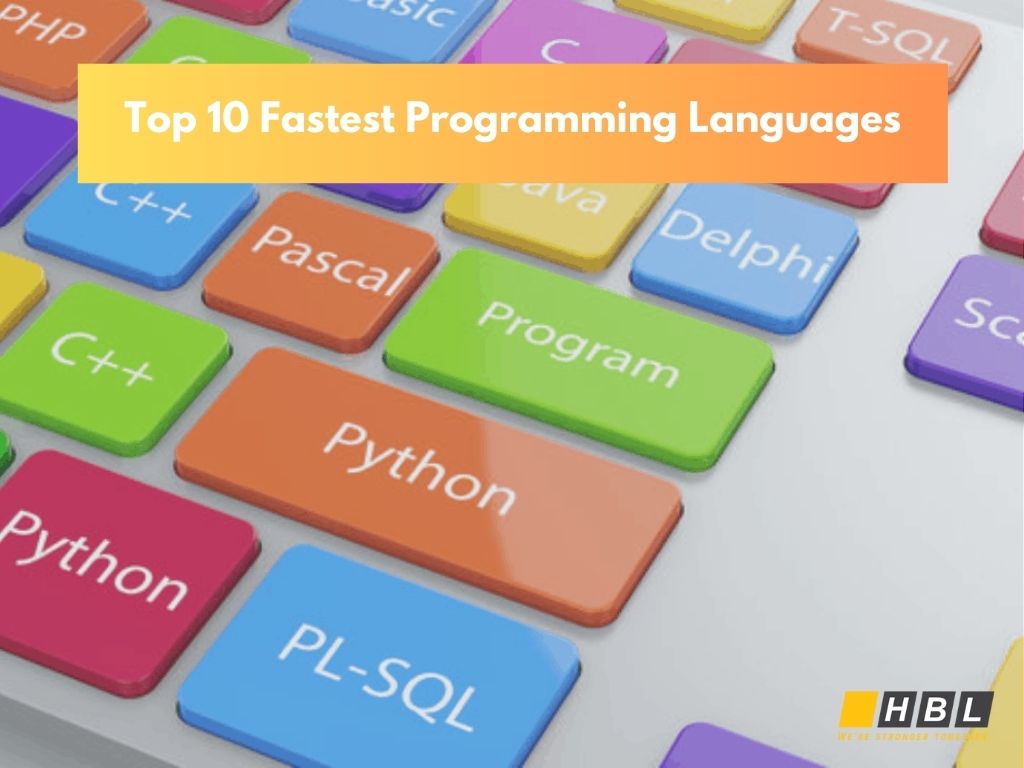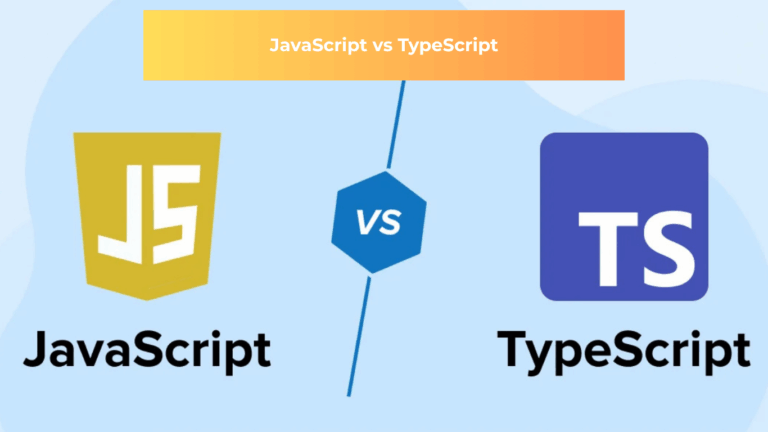Looking for the fastest programming languages? Discover the top choices for speed-critical projects and expert tips to optimize execution, memory, and concurrency.
Key Factors That Determine Programming Language Speed
When evaluating the speed of a programming language, it’s essential to consider multiple technical factors that directly influence its performance. Understanding these factors can help developers choose the most suitable language for their projects and optimize code for maximum efficiency.
1. Execution Time
Execution time refers to how long it takes for a program to run from start to finish. This factor is one of the most straightforward indicators of speed. Languages that are closer to machine code, such as C and C++, tend to offer faster execution because they minimize abstraction layers.
Several elements impact execution time:
- Algorithm efficiency: Well-optimized algorithms can significantly reduce execution time.
- Language design: Some languages offer constructs that execute faster due to less overhead.
- Processor compatibility: Programs optimized for specific hardware architectures generally run faster.
Fast execution time is especially critical in real-time applications, such as gaming or financial systems, where every millisecond counts.
2. Memory Management
Efficient memory management ensures that a program uses system resources optimally, preventing slowdowns and crashes. There are two primary types of memory management:
- Manual Memory Management: Languages like C and C++ require developers to manually allocate and deallocate memory. While this approach offers maximum control and potential speed advantages, it also increases the risk of memory leaks and errors.
- Automatic Memory Management (Garbage Collection): Languages like Java, Go, and Python manage memory automatically. While this reduces the risk of human error, garbage collection processes can temporarily halt program execution, affecting speed.
Choosing a language with efficient memory management is crucial for applications that need to handle large data sets or operate continuously without performance degradation.
3. Compilation vs. Interpretation
How a programming language is executed—either through compilation or interpretation—also affects its speed.
- Compiled Languages: Languages like C, C++, and Rust are compiled into machine code, allowing them to execute quickly with minimal overhead.
- Interpreted Languages: Languages like Python and JavaScript are executed line by line at runtime, resulting in slower performance due to the need for constant interpretation.
- Just-In-Time (JIT) Compilation: Some languages, like Java, use a hybrid approach where code is compiled at runtime, striking a balance between flexibility and speed.
Compiled languages generally outperform interpreted ones, especially in performance-critical applications.
4. Concurrency and Parallel Processing
Modern applications often need to handle multiple tasks simultaneously. The ability of a language to manage concurrency and parallelism can significantly impact speed.
- Concurrency: Refers to a program’s ability to manage multiple tasks at once. Languages like Go offer built-in concurrency support with features like goroutines.
- Parallel Processing: Involves executing multiple processes simultaneously, taking advantage of multi-core processors. Languages like Rust and C++ provide robust tools for parallelism.
Efficient concurrency and parallel processing can drastically reduce execution times in data-heavy or real-time applications.
Top 10 Fastest Programming Languages in 2025
The speed of a programming language is crucial for performance-critical applications, especially in fields like systems programming, game development, and data science. Here’s an in-depth look at the top 10 fastest programming languages in 2025, exploring why they stand out and when to use them.
1. C – The Foundation of Speed
C has been a staple in the programming world for decades and remains one of the fastest languages. As a low-level, procedural language, C provides direct access to memory and hardware, allowing developers to write highly efficient code.
- Why It’s Fast:
- Minimal abstraction between the language and machine code.
- Manual memory management offers full control.
- Efficient with low system overhead.
- Common Use Cases:
- Operating systems (like Linux).
- Embedded systems and firmware.
- System-level applications where speed is critical.
Despite its speed, C requires meticulous memory management, which can lead to bugs if not handled correctly. However, for projects where performance is non-negotiable, C remains a top choice.
2. Rust – Safety Without Sacrificing Speed
Rust is designed for speed and safety. It avoids the common pitfalls of manual memory management while offering performance comparable to C and C++. Rust’s ownership system ensures memory safety without the need for a garbage collector.
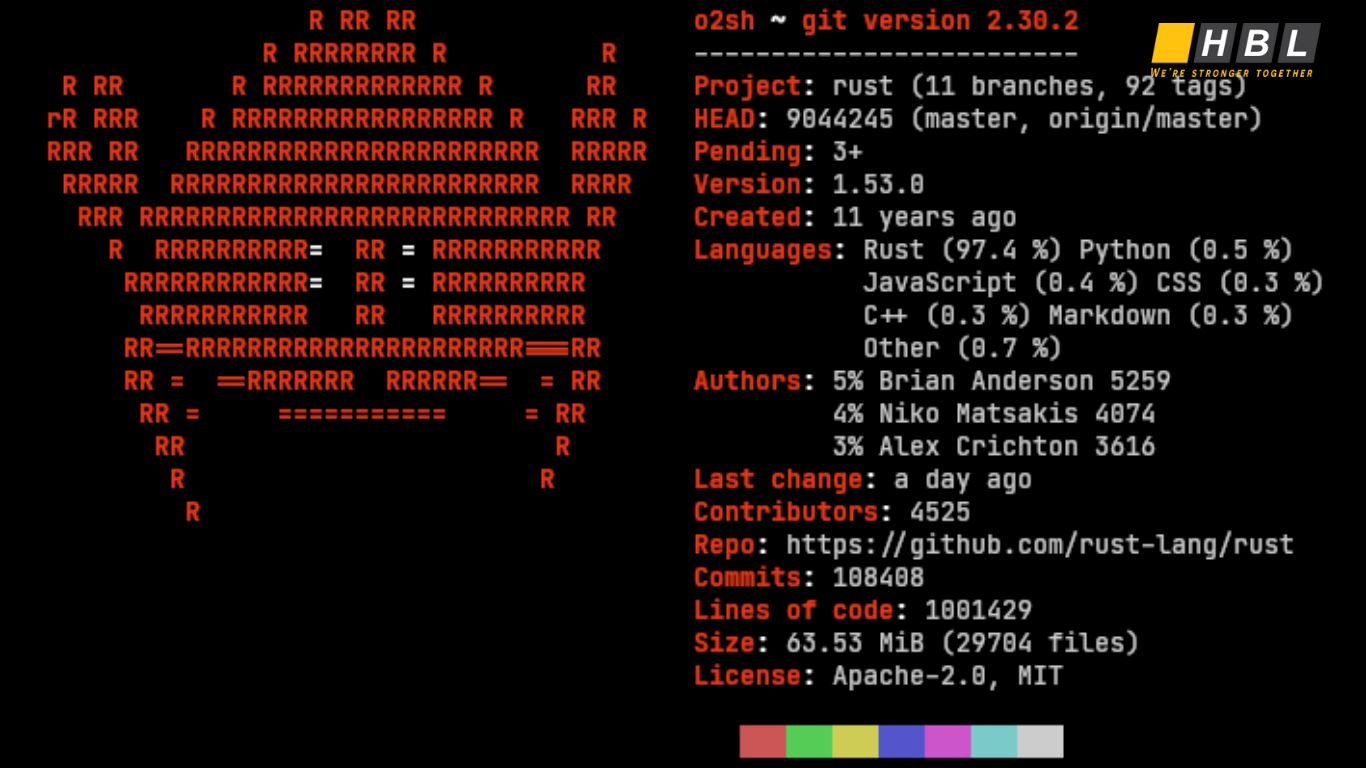
- Why It’s Fast:
- Zero-cost abstractions optimize performance.
- Memory safety without runtime overhead.
- Efficient concurrency support.
- Common Use Cases:
- Systems programming.
- Web assembly projects.
- Game development and embedded systems.
Rust’s focus on safety and speed makes it ideal for complex, high-performance systems where security is also a priority.
3. C++ – The Classic Speed Performer
C++ extends C with object-oriented features, but it retains the speed advantage. It’s widely used in industries where performance and resource management are critical, such as gaming and real-time systems.
- Why It’s Fast:
- Close to hardware with low-level system access.
- Manual memory management and fine-tuned control over resources.
- Highly optimized compilers.
- Common Use Cases:
- Game engines.
- Financial trading platforms.
- Real-time simulations.
However, like C, C++ requires careful coding practices to avoid memory leaks and errors, but its speed potential is unmatched in many high-stakes applications.
4. Go (Golang) – Fast and Efficient for Modern Development
Developed by Google, Go (Golang) is designed for simplicity and speed. It’s known for its lightweight concurrency model and fast compilation times, making it an excellent choice for building scalable web services.
- Why It’s Fast:
- Compiled to machine code, ensuring fast execution.
- Minimalist syntax reduces development overhead.
- Built-in concurrency with goroutines.
- Common Use Cases:
- Cloud-native applications.
- Distributed systems.
- Web APIs and microservices.
Go is particularly suited for backend development where performance, simplicity, and scalability are essential.
5. Java – Consistent Speed with JVM Optimizations
Java is known for its portability and robust ecosystem. Although it runs on the Java Virtual Machine (JVM), modern JIT (Just-In-Time) compilation techniques have significantly improved its execution speed.

- Why It’s Fast:
- JIT compilation optimizes code at runtime.
- Strong memory management and garbage collection.
- Highly optimized libraries and frameworks.
- Common Use Cases:
- Enterprise-level applications.
- Android mobile development.
- Large-scale backend systems.
Java’s balance of speed, stability, and scalability ensures its continued relevance in 2025, especially for large, complex applications.
6. Swift – Optimized for Apple Ecosystems
Swift is Apple’s modern programming language, designed for speed and efficiency in iOS and macOS app development. Its syntax is concise, and its performance is close to that of C++ for Apple platforms.
- Why It’s Fast:
- Compiled with LLVM for optimized performance.
- Strong type safety reduces runtime errors.
- Modern syntax with fewer abstractions.
- Common Use Cases:
- iOS and macOS app development.
- Systems programming for Apple hardware.
- Server-side development with Swift frameworks.
Swift is the go-to language for Apple ecosystems, offering a perfect balance between speed, safety, and modern programming paradigms.
7. Kotlin – Modern, Concise, and Quick
Kotlin is a modern alternative to Java, designed for concise and safe coding. While Kotlin runs on the JVM like Java, it often results in faster development and performance due to its streamlined syntax.
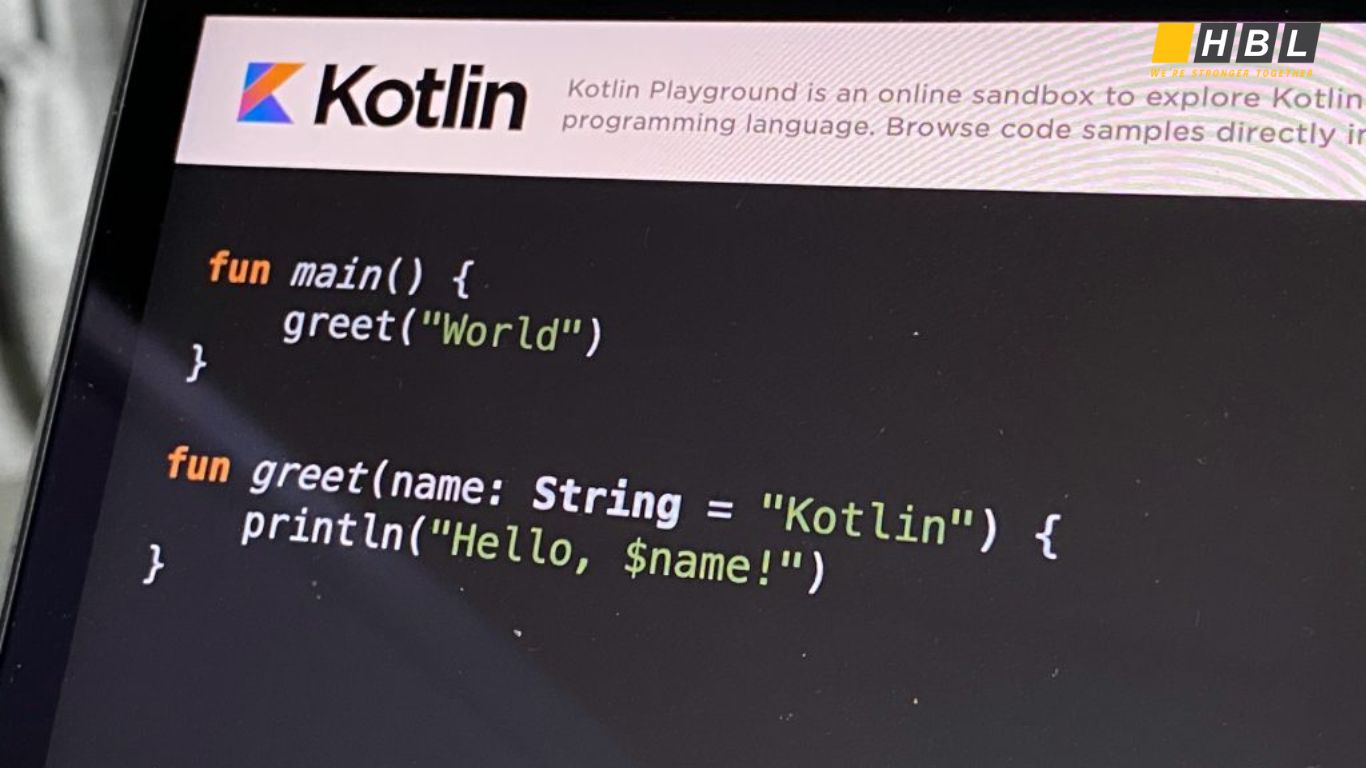
- Why It’s Fast:
- Reduced boilerplate code improves performance.
- Efficient compilation with JVM optimizations.
- Interoperable with existing Java codebases.
- Common Use Cases:
- Android app development.
- Backend services.
- Cross-platform mobile apps with Kotlin Multiplatform.
Kotlin’s speed, combined with its modern syntax and strong community support, makes it an ideal choice for many developers in 2025.
8. Julia – Speed for Scientific Computing
Julia is designed for high-performance numerical and scientific computing. It’s particularly known for its ability to handle large datasets and complex mathematical operations at speed.
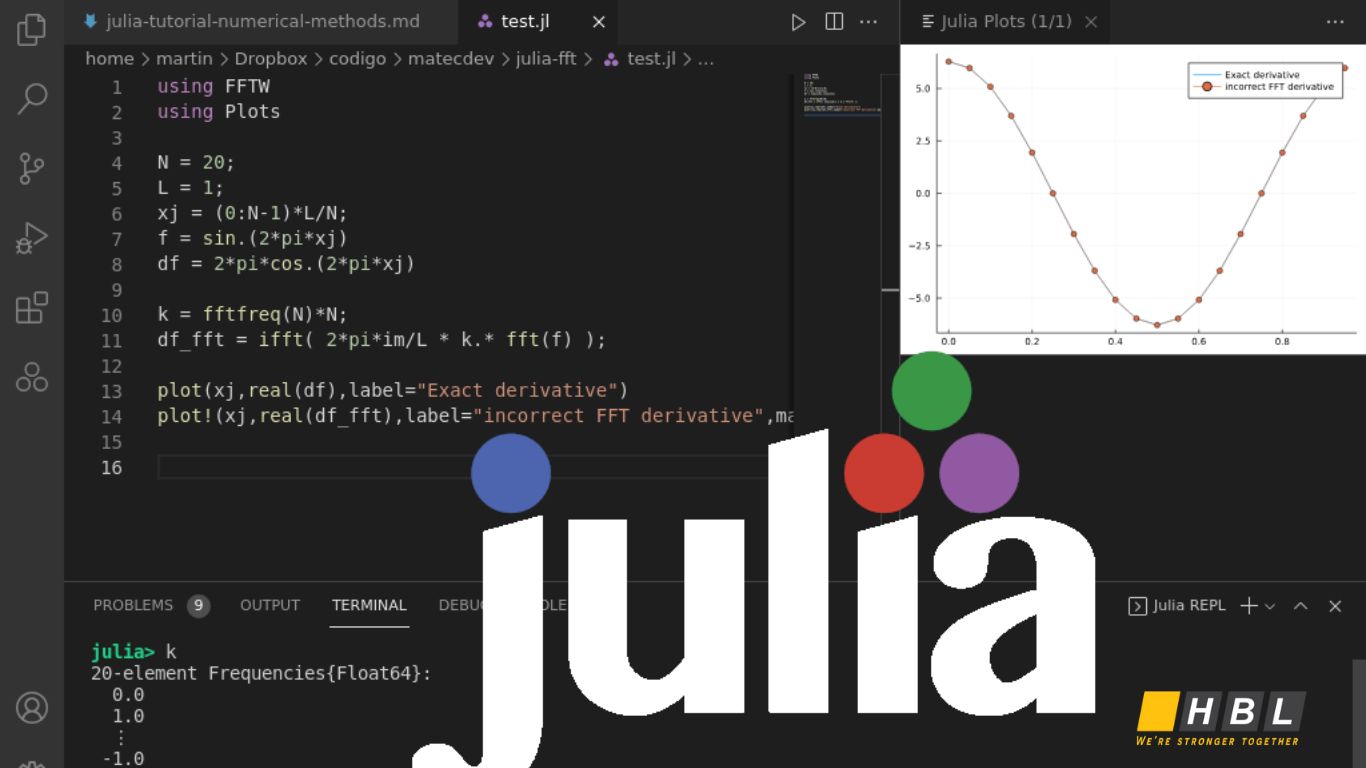
- Why It’s Fast:
- Compiles to efficient machine code via LLVM.
- Optimized for mathematical and scientific operations.
- Dynamic typing with speed comparable to statically typed languages.
- Common Use Cases:
- Data science and machine learning.
- Scientific research and simulations.
- High-performance numerical computing.
Julia’s speed makes it the preferred language for data scientists and researchers who need rapid computation capabilities.
9. D – Modern and High-Performance
D combines the performance of C++ with modern programming conveniences. It offers a balance between control, simplicity, and speed.
- Why It’s Fast:
- Compiles directly to machine code.
- Supports efficient memory management.
- Built for high-performance applications.
- Common Use Cases:
- Game development.
- System-level programming.
- High-performance backend services.
D’s modern syntax and powerful features make it a compelling choice for developers seeking speed without sacrificing code readability.
10. OCaml – Fast and Functional
OCaml is a functional programming language known for its efficiency and type safety. Despite being functional, it compiles to fast machine code, making it one of the fastest options in its category.

- Why It’s Fast:
- Compiles to native machine code.
- Strong type inference system reduces errors.
- Efficient handling of complex data structures.
- Common Use Cases:
- Compilers and language development.
- Data analysis and scientific computing.
- Financial modeling and quantitative analysis.
OCaml offers the unique advantage of functional programming with speed, making it ideal for data-heavy and algorithm-focused projects.
Choosing the fastest programming language depends on the specific needs of a project. For low-level systems, C, C++, and Rust are unbeatable. For web and backend services, Go and Java offer speed with scalability. If developing within the Apple ecosystem, Swift provides optimized performance, while Julia excels in scientific computing.
Each of these languages has unique strengths that cater to different development scenarios. Understanding these can help developers select the right tool for the job, ensuring optimal performance and efficiency.
How to Choose the Right Language for Your Speed-Critical Project
Selecting the right programming language for a speed-critical project is essential to ensure optimal performance, scalability, and maintainability. Here are key factors to consider when making this decision.
1. Understand the Project Requirements
Before choosing a language, clearly define the project’s objectives. Consider:
- Nature of the Application: Are you building a system-level application, a real-time game, or a data processing system? For low-level applications requiring direct hardware access, languages like C or Rust are ideal. For high-performance web services, Go or Java may be more suitable.
- Performance Needs: Does the project demand ultra-low latency, high concurrency, or rapid data processing? Each requirement aligns with different language strengths.
2. Evaluate Execution Speed and Efficiency
Different languages have varying execution models, which influence speed:
- Compiled Languages (like C, C++, and Rust) generally offer faster execution because they are converted directly into machine code.
- Interpreted Languages (like Python) are slower but can be optimized with JIT compilers or extensions.
- Just-In-Time Compiled Languages (like Java and Kotlin) provide a balance by optimizing code during runtime.
For projects where every millisecond counts, compiled languages are usually the best choice.
3. Consider Memory Management
Efficient memory management is key to speed:
- Languages like C and C++ give direct control over memory, enabling optimization but requiring careful management to avoid errors.
- Languages like Go and Java use garbage collection, which simplifies development but can introduce latency during cleanup cycles.
- Rust offers a unique approach with its ownership model, ensuring memory safety without a garbage collector, combining safety with speed.
4. Assess Concurrency Needs
If your project requires handling multiple tasks simultaneously (like processing user requests or data streams), choose a language with robust concurrency support:
- Go excels in this area with its lightweight goroutines.
- Rust provides efficient concurrency with its safe memory model.
- Java offers mature threading capabilities optimized for large-scale systems.
The “fastest” language isn’t always the best for every project. Consider the application type, performance needs, memory management, and concurrency support. Balancing these factors will guide you to the most efficient and effective language for your speed-critical project.
Speed Optimization Best Practices for Developers
Creating high-performance applications requires more than choosing the right programming language—it demands careful optimization throughout the development process. Here are key best practices developers should follow to maximize speed and efficiency.
1. Optimize Algorithms and Data Structures
- Choose the Right Algorithm: The efficiency of an algorithm greatly impacts speed. Select algorithms with optimal time and space complexity for the task. For instance, use quicksort or mergesort for large datasets instead of bubble sort.
- Use Efficient Data Structures: Selecting the appropriate data structures—like hash tables for fast lookups or arrays for sequential access—can significantly enhance performance.
2. Minimize Memory Usage
- Avoid Unnecessary Object Creation: Excessive object creation increases memory consumption and slows down processing. Reuse objects when possible.
- Use Memory-Efficient Data Types: Opt for data types that use less memory (e.g., using int instead of long when possible).
- Manage Memory Manually (When Applicable): In languages like C or C++, manually deallocate unused memory to prevent leaks and improve speed.
3. Reduce I/O Operations
- Minimize Disk Access: Reading from or writing to disk is slow compared to in-memory operations. Use caching strategies to reduce disk reads.
- Batch Database Requests: Instead of multiple individual queries, batch them to reduce round-trip times and improve throughput.
- Optimize Network Calls: Compress data and use asynchronous operations to minimize waiting time for responses.
4. Leverage Concurrency and Parallelism
- Use Multithreading: For CPU-bound tasks, employ multiple threads to divide the workload and execute tasks concurrently.
- Asynchronous Programming: For I/O-bound tasks (like network requests), asynchronous functions allow other processes to continue without waiting.
- Avoid Race Conditions: Ensure proper synchronization to prevent conflicts during parallel execution.
5. Profile and Benchmark Regularly
- Use Profiling Tools: Tools like gprof, VisualVM, or Valgrind can identify bottlenecks in code, helping developers focus optimization efforts.
- Benchmark Critical Sections: Measure execution time of the most critical code segments to understand where optimizations are necessary.
6. Optimize Compilation Settings
- Use Compiler Optimizations: Enable optimization flags (like -O2 or -O3 in GCC) to improve code performance.
- Remove Unused Code: Eliminate dead code and unnecessary libraries to reduce binary size and improve speed.
7. Write Clean and Maintainable Code
- Avoid Premature Optimization: Focus on writing clean, functional code first, and optimize later based on profiling results.
- Document Performance Decisions: Clearly document optimization decisions for future maintenance and scalability.
Conclusion
Choosing the fastest programming language depends on project needs, from performance and memory management to concurrency and ecosystem support. Languages like C, C++, and Rust offer top speed for system-level tasks, while Go, Julia, and Swift balance speed with modern features.
Beyond language choice, optimizing algorithms, memory, and I/O is key to achieving maximum performance. By combining the right language with best coding practices, developers can build fast, efficient, and scalable applications.
See more:
– How the Future of Technology Will Transform Our Lives
– Software Development Requirements: The Blueprint for Successful Projects– Outsourcing Problems: Common Issues, Risks, and Solutions
